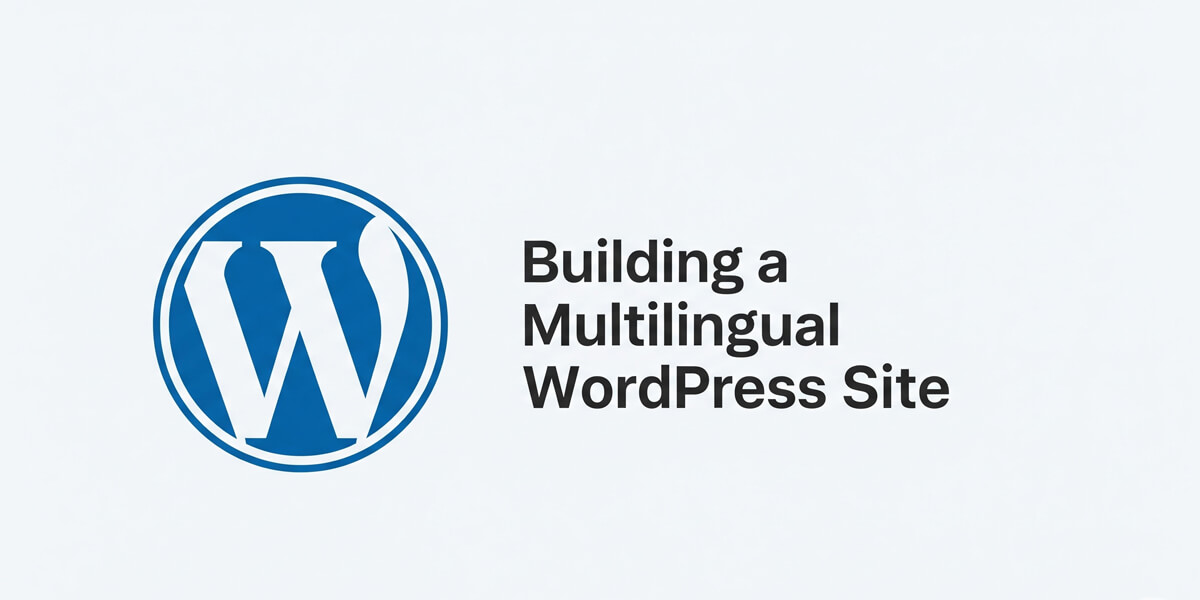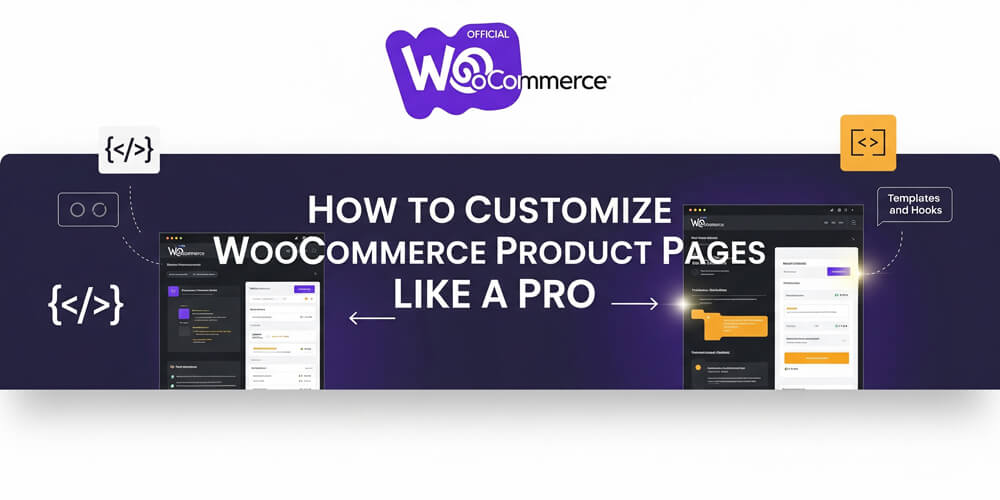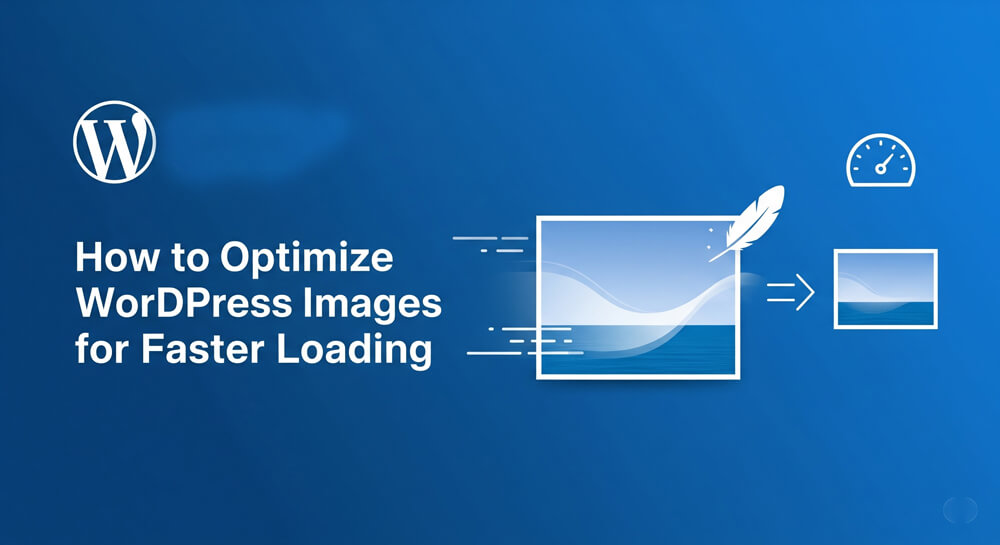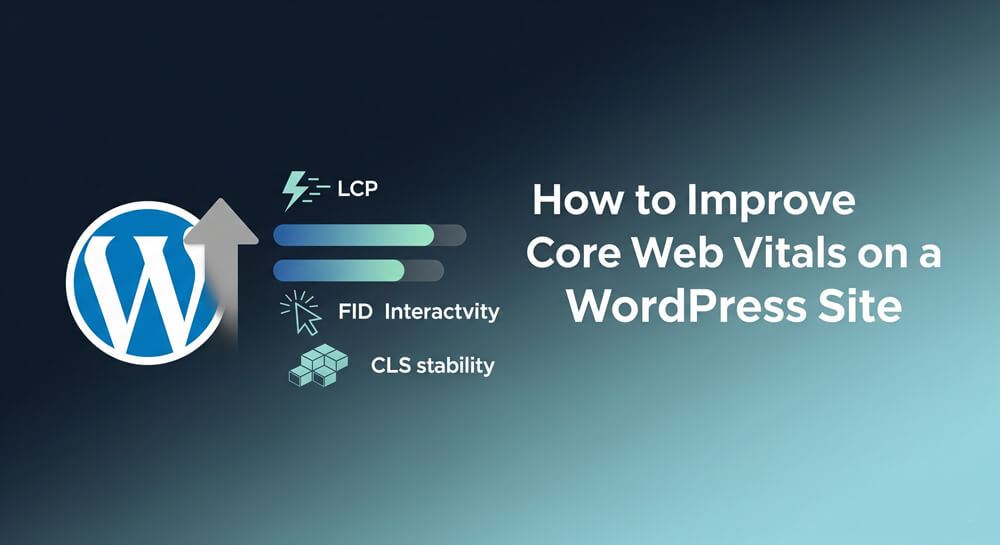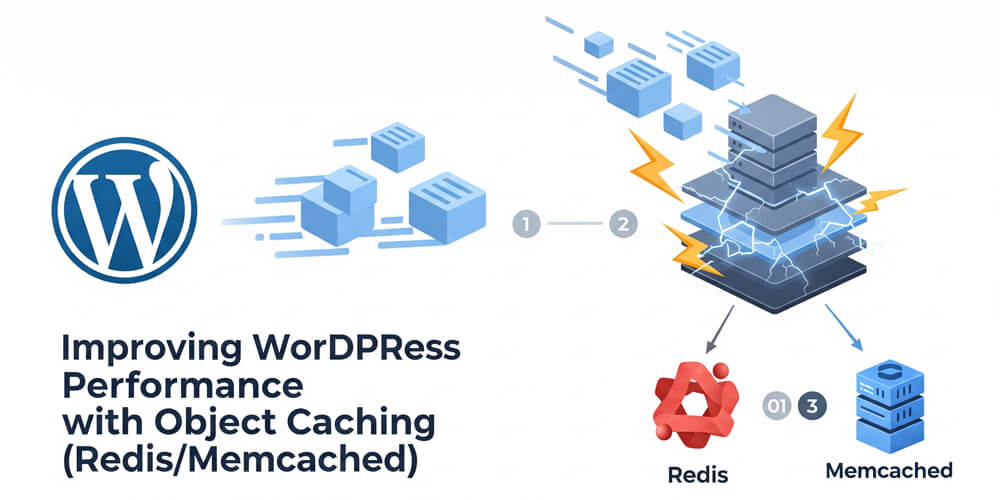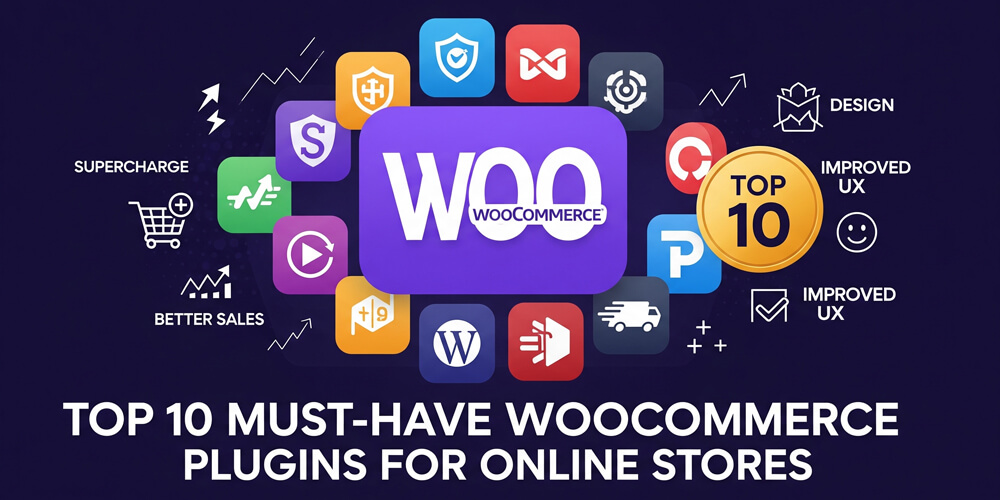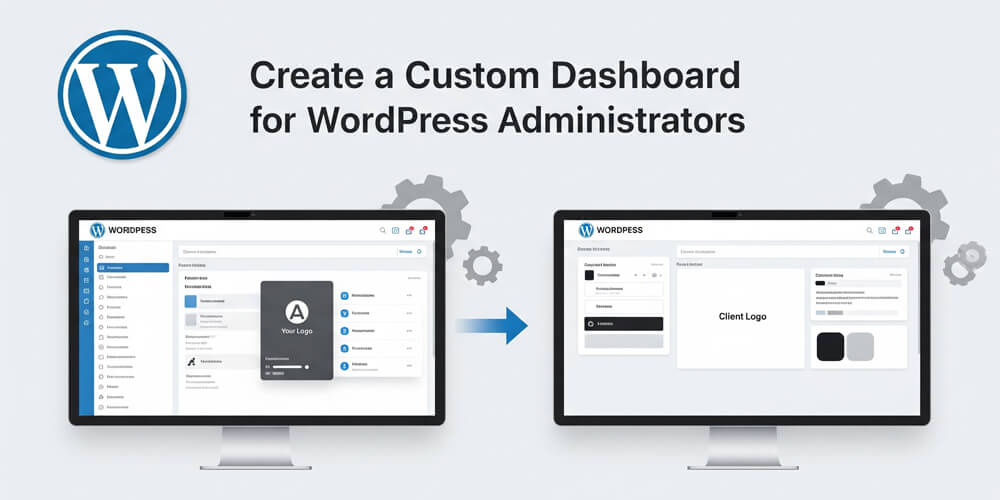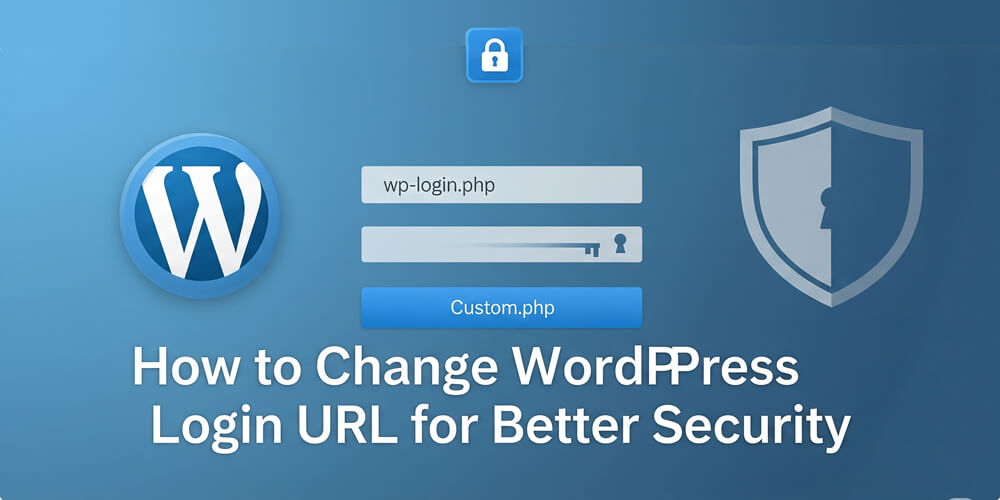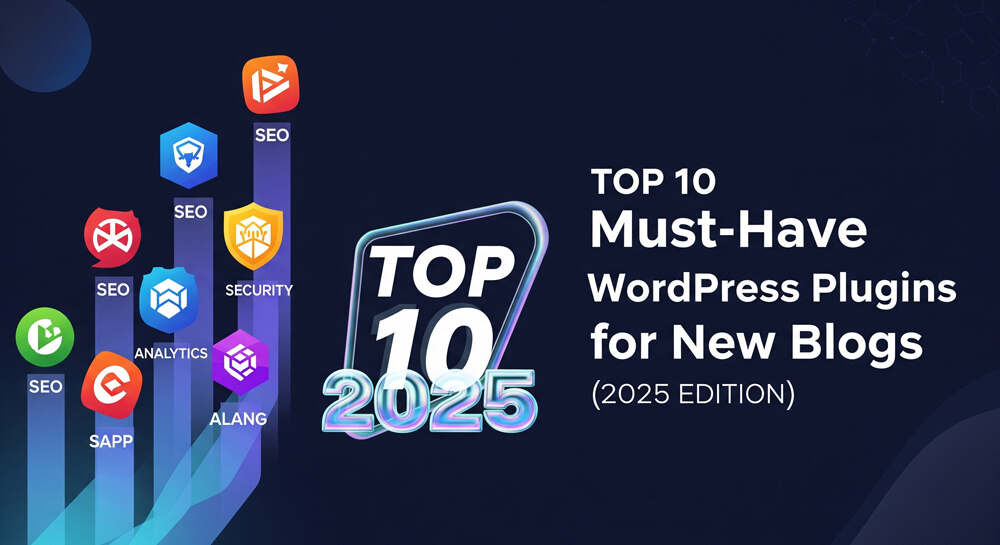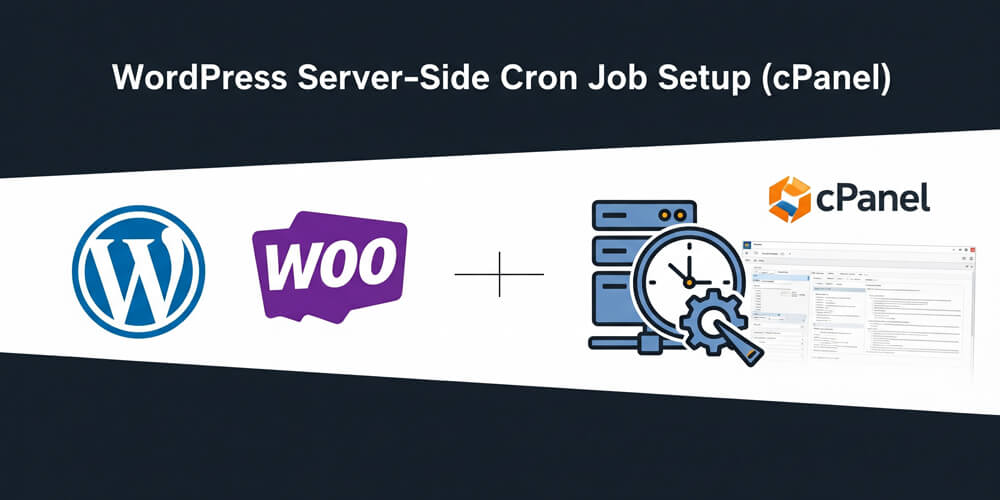Welcome to Building a Multilingual WordPress Site! In 2025, expanding your digital presence means connecting with audiences across languages and cultures. A multilingual WordPress site is no longer just a nice-to-have—it’s a strategic necessity for blogs, eCommerce stores, agencies, and businesses aiming for global reach.
Why go multilingual? Over 75% of internet users prefer browsing in their native language, and multilingual sites consistently outperform single-language sites in SEO, engagement, and conversions. By offering content in multiple languages, you not only increase your potential audience but also build trust, improve user experience, and unlock new markets.
This comprehensive guide walks you through every step of building a multilingual WordPress site, from choosing the right plugins—like Polylang, TranslatePress, and WPML—to configuring translations, optimizing for SEO, and scaling your site for international success. Whether you’re a beginner or a seasoned WordPress user, you’ll find actionable tips, plugin comparisons, and best practices to ensure your site stands out in 2025’s competitive landscape.
Ready to make your website truly global? Let’s dive in and transform your WordPress site into a multilingual powerhouse!
Table of Contents
Open Table of Contents
- Why Go Multilingual in 2025?
- 1. Understanding Multilingual WordPress
- 2. Choosing a Multilingual Plugin
- 3. Setting Up a Multilingual Site
- 4. Configuring Top Plugins
- 5. Translating Content
- 6. Optimizing for SEO
- 7. Performance & Scalability
- 8. 2025 Multilingual Checklist
- 9. Multilingual & Site Success
- Final Thoughts
Why Go Multilingual in 2025?
In today’s interconnected world, having a multilingual website is more important than ever. As we move into 2025, businesses, bloggers, and organizations are recognizing the immense value of reaching audiences in their native languages. A multilingual WordPress site not only broadens your potential audience but also enhances user trust, engagement, and conversion rates. By providing content in multiple languages, you demonstrate cultural sensitivity and a commitment to accessibility, which can set your site apart from competitors. Let’s explore the key reasons why going multilingual is a smart move this year.
A multilingual site expands your reach:
- Audience Growth: 75% of users prefer native-language sites (CSA Research, 2024).
- SEO: Localized content ranks higher in regional searches.
- Conversions: eCommerce stores see 20%+ sales boosts with translations.
- Trust: Native languages build credibility.
- Flexibility: Serve diverse markets effortlessly.
Stat Alert: Multilingual sites increase traffic by 47% on average, per 2024 Weglot data. Don’t miss out in 2025!
1. Understanding Multilingual WordPress
Creating a multilingual WordPress site involves understanding the core components that make language switching seamless for users. Before diving into specific plugins and configurations, it’s essential to grasp how multilingual functionality works, what features to expect, and the different approaches available. This foundation will help you make informed decisions about tools and strategies that best fit your site’s needs and audience.
1.1 Key Features
- Language Switcher: Dropdown or flags for users to change languages.
- Translated Content: Posts, pages, menus, and widgets.
- SEO: Unique URLs per language (e.g., yoursite.com/es/).
- Automation: Tools to simplify translation workflows.
1.2 Approaches
- Manual: Translate content yourself.
- Automatic: Use plugins or AI for initial translations.
- Hybrid: Combine manual and auto for quality.
2. Choosing a Multilingual Plugin
Choosing the right multilingual plugin is a crucial step in building a successful multilingual WordPress site. With a variety of tools available, each offering unique features, pricing models, and user experiences, it’s important to understand your site’s needs before making a decision. Some plugins are ideal for beginners and small sites, while others cater to advanced users or large-scale eCommerce operations. In this section, we’ll introduce the leading multilingual plugins for WordPress in 2025, highlight their strengths and weaknesses, and help you determine which solution best fits your goals and technical expertise.
Plugins make multilingual sites easy. Here’s a 2025 comparison of top tools.
2.1 Free Options
| Plugin | Pros | Cons | Best For |
|---|---|---|---|
| Polylang | Free, flexible, lightweight | Manual translations | Small sites |
| TranslatePress | Visual editor, free tier | Limited free features | Beginners |
2.2 Paid Options
| Plugin | Pros | Cons | Best For |
|---|---|---|---|
| WPML | Robust, eCommerce-ready | Paid, steeper learning | Large sites |
| Polylang Pro | Advanced features, support | Costs for extras | Growing sites |
| TranslatePress Pro | Auto-translation, SEO | Paid for full features | Visual editors |
- Tip: Start free with Polylang, upgrade to WPML for complex needs.
3. Setting Up a Multilingual Site
Let’s build your site with step-by-step guidance.
Setting up a multilingual WordPress site requires careful planning and the right approach. This section walks you through the essential steps, from preparing your WordPress installation to configuring your chosen multilingual plugin. Whether you’re starting fresh or adding languages to an existing site, these foundational steps ensure a smooth setup process that supports scalable, professional multilingual functionality for your growing audience.
3.1 Install WordPress
- Base: Ensure WordPress is running—see Install WordPress in Hosting: cPanel & Manual Methods.
- Hosting: Pick a fast host (SiteGround, Kinsta) for global speed.
3.2 Choose a Plugin
- Steps:
- Go to Dashboard > Plugins > Add New.
- Search for Polylang, TranslatePress, or WPML.
- Install, activate, and follow setup wizard.
- Guide: Check Create a Multilingual WordPress Site: Free & Paid Tools for details.
4. Configuring Top Plugins
Now that you’ve chosen your multilingual plugin, it’s time to configure it properly for optimal performance. Each plugin has its unique setup process, interface, and features. This section provides detailed configuration guides for the three most popular multilingual WordPress plugins in 2025. Follow the step-by-step instructions for your chosen plugin to create a professional, user-friendly multilingual experience that serves your global audience effectively.
4.1 Polylang (Free/Pro)
- Why: Lightweight, flexible, great for small sites.
- Setup:
- Install Polylang via Plugins > Add New.
- Go to Languages > Settings.
- Add languages (e.g., English, Spanish).
- Enable URL modifications (e.g., yoursite.com/es/).
- Translate posts/pages: Create versions per language.
- Add a language switcher (widget or menu).
- Pro Features: WooCommerce support, auto-translation.
- Explore: More at Polylang Tag.
4.2 TranslatePress (Free/Pro)
- Why: Visual editor, beginner-friendly.
- Setup:
- Install TranslatePress.
- Go to Settings > TranslatePress.
- Add languages, set default.
- Use front-end editor: Click text, translate live.
- Add switcher via shortcode:
[language-switcher].
- Pro Features: SEO pack, automatic translation.
- Learn: See TranslatePress Tag.
4.3 WPML (Paid)
- Why: Robust for large or eCommerce sites.
- Setup:
- Purchase, install WPML (wpml.org).
- Go to WPML > Languages.
- Add languages, configure URLs.
- Translate content via WPML’s Translation Editor.
- Add switcher to menus or widgets.
- Features: WooCommerce, theme compatibility.
- Dive In: Check WPML Tag.
Pro Tip: Test switchers on mobile—ensure smooth UX!
5. Translating Content
Once your multilingual plugin is configured, the next crucial step is translating your content effectively. Content is the heart of your multilingual site, and how you approach translation—whether manual, automatic, or hybrid—directly impacts user experience and engagement. This section covers the three main translation methods, best practices for different content types, and strategies to maintain quality while scaling your multilingual presence efficiently.
Content is the heart of your multilingual site.
5.1 Manual Translation
- How: Use plugin interfaces to enter translations.
- Best For: Small sites, high accuracy.
- Tip: Hire native speakers for quality.
5.2 Automatic Translation
- Tools: Google Translate, DeepL (via plugin add-ons).
- Steps:
- Enable auto-translation in WPML or TranslatePress Pro.
- Review machine outputs for errors.
- Use Case: Quick drafts, large sites.
5.3 Translating Key Elements
- Posts/Pages: Create versions per language.
- Menus: Translate items, link to correct pages.
- Widgets: Use plugin options to localize.
- Products: For WooCommerce, translate items—see Start an Online Store with WooCommerce: 2025 Guide.
6. Optimizing for SEO
Multilingual sites need SEO to rank globally, but without proper optimization, your translated content may never reach its intended audience. Search engines require specific signals to understand which language versions to serve to different users. This section covers essential SEO strategies including URL structures, hreflang implementation, and integration with popular SEO plugins to ensure your multilingual WordPress site ranks well across all target languages and regions.
6.1 URL Structures
- Options:
- Subdomains:
es.yoursite.com - Subdirectories:
yoursite.com/es/ - Parameters:
yoursite.com?lang=es
- Subdomains:
- Best: Subdirectories for SEO, simplicity.
- Setup: Configure in plugin settings.
6.2 Hreflang Tags
- What: Tell Google which page serves which language.
- How: Plugins like WPML, Polylang add automatically.
- Example:
<link rel="alternate" hreflang="es" href="yoursite.com/es/" /> <link rel="alternate" hreflang="en" href="yoursite.com/" />
6.3 Yoast SEO Integration
- Steps:
- Install Yoast SEO.
- Optimize titles, meta for each language.
- Submit sitemaps per language in Google Search Console.
- Link: Boost with Improve Core Web Vitals for Your WordPress Site.
7. Performance & Scalability
As your multilingual site grows, performance becomes critical for user experience and SEO rankings. Multiple language versions can increase database size, slow loading times, and strain server resources. This section covers essential optimization strategies to maintain fast, scalable multilingual WordPress sites that deliver excellent performance across all languages while handling increased traffic and content volume effectively.
7.1 Optimize Database
- Why: Translations bloat tables.
- How: Clean with WP-Optimize—see Detailed WordPress Database Optimization Guide.
- Frequency: Monthly for large sites.
7.2 Caching
- Plugins: WP Rocket, W3 Total Cache.
- Tip: Cache per language to avoid conflicts.
- Resource: Check Improving WordPress Performance with Object Caching: Redis & Memcached.
8. 2025 Multilingual Checklist
- Install a plugin: Create a Multilingual WordPress Site: Free & Paid Tools.
- Configure Polylang: Polylang Tag.
- Try TranslatePress: TranslatePress Tag.
- Use WPML: WPML Tag.
- Translate content, add switcher.
- Optimize SEO with Yoast.
- Explore Translation Tag and Multilingual Tag.
9. Multilingual & Site Success
Expanding your WordPress site to multiple languages is more than just a technical upgrade—it’s a strategic move that can transform your site’s impact and reach. By embracing multilingual capabilities, you position your website to engage diverse audiences, foster trust, and drive meaningful interactions across borders. Success in the multilingual space means not only translating words, but also adapting your content and user experience to resonate with people from different cultures and backgrounds. In this section, we’ll highlight the core benefits of going multilingual and how it can propel your site’s growth, visibility, and user satisfaction in 2025 and beyond.
- Reach: Connect with global users.
- SEO: Rank in multiple regions.
- UX: Native languages delight visitors.
- Bonus: Secure it—Secure WordPress Site from Hackers: 2025 Edition.
Final Thoughts
Building a multilingual WordPress site in 2025 opens doors to global audiences. With tools like Polylang, TranslatePress, and WPML, you can create seamless, engaging experiences. Start today: install a plugin, add a language, and translate a page. Dive deeper with Translation Tag and Multilingual Tag for more.
Questions? Comment or contact me! Let’s go multilingual in 2025!

